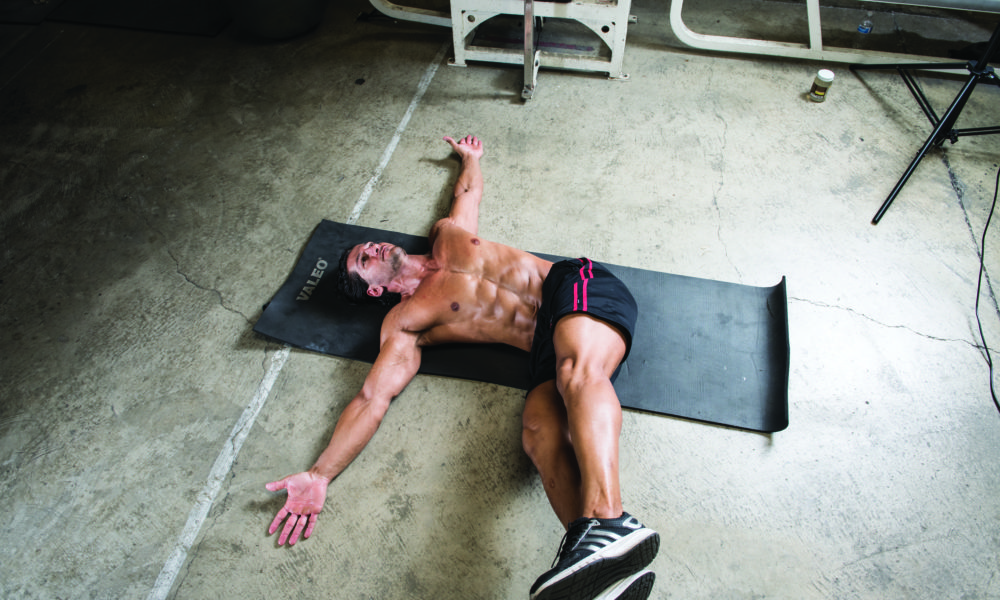

Your core needs to be strong, functional, and ready for anything.
By Cooper Graham
Sit-ups and sports have traditionally gone together like bodybuilders and biceps curls. Even before physiologists could explain why the muscles of the midsection are so important for generating force, coaches instinctively knew that the core musculature coordinates the movement between the upper and lower body.
Unfortunately, a slavish devotion to the sit-up (or crunch) has prevailed. While that type of spinal flexion is good for developing the rectus abdominis, the core is composed of several other muscles that enable an infinite number of movement patterns such as twisting, bending, leaning, swaying, tilting, and stabilizing. For instance, one of the most important movements generated by the abdominals is rotation. Unfortunately, it is also one of the most overlooked when it comes to training.
“Athletes need to be able to rotate and rotate explosively,” says Brian Richardson, MS, CPL2, NASM-PES, co-owner of Dynamic Fitness in Temecula, California. “The reaction of an athlete is like one-thirtieth of a second. So they need to work that pattern and those muscles to react.”
Richardson claims that improving speed and power in the external obliques, the muscles that drive torso rotation, is the key to improving performance in all manner of motions, whether it’s throwing a punch or swinging a golf club. However, training the external obliques can be slightly tricky. For instance, when standing, the external obliques move the upper body from right to left and are the main drivers when throwing a right cross. However, when you are on your back and your hips are anchored to the floor, they move your right hip farther to the right. For that reason, Richardson recommends performing both standing and supine rotational exercises.
Another facet to consider is rep scheme. Core muscles are made up of fast-twitch and slow-twitch muscle fibers and thus must be targeted with both heavy loads and low reps as well as light weight and high reps.
The bottom line is everyone need a well-rounded abdominal training program that encompasses multiple planes of movement, full ranges of motion, and varying rep schemes. Here, Richardson has created a short but effective workout that addresses all the variables and will have you ready for any challenge.
Rotation
These two exercises will help develop rotational abilities across two planes of motion. The medicine ball throw focuses on building power while the goal of the windshield wipers is stability and muscular endurance.
Weighted Throw: Hold a heavy medicine ball or slam ball at your waist and stand about five feet away and perpendicularly to a stable wall. Your left shoulder should be facing the wall and your toes pointed 90 degrees from it. With both hands under the ball, pivot on your right foot and throw the ball into the wall as hard as possible with a two-handed scooping motion. Pick up the ball and repeat for reps before switching sides.
Sets/Reps: 4×25 reps (two sets each side)
Lying Twist: Lie on your back with your arms straight out to the sides, legs straight up in the air, toes pointed at the ceiling. Your hip, shoulder blades, and back of your head should remain in contact with the ground throughout the movement. Lower your legs all the way to one side until they lightly touch the ground. This is your starting position. Take a breath and tighten your abdominals. Slowly bring them up in an arcing motion across your body and all the way to the other side until they lightly touch the ground. Take a full three seconds to move from left to right. Immediately return, taking another three seconds to go from right to left.
Sets/Reps: 3×12-15 reps
Tempo: 3-0-3
Flexion
While you don’t want overstimulate the rectus abdominis (those muscles that make that six-pack shape) with countless crunches and sit-ups, you don’t want to neglect them either. One of the best exercises for that part of the core is the hanging leg raise.
“The hanging leg raise is a great movement,” Richardson says. “The lower muscle fibers in the abdominal wall will really fire off, and there is a whole slew of other things going on synergistically. It really helps for explosiveness.”
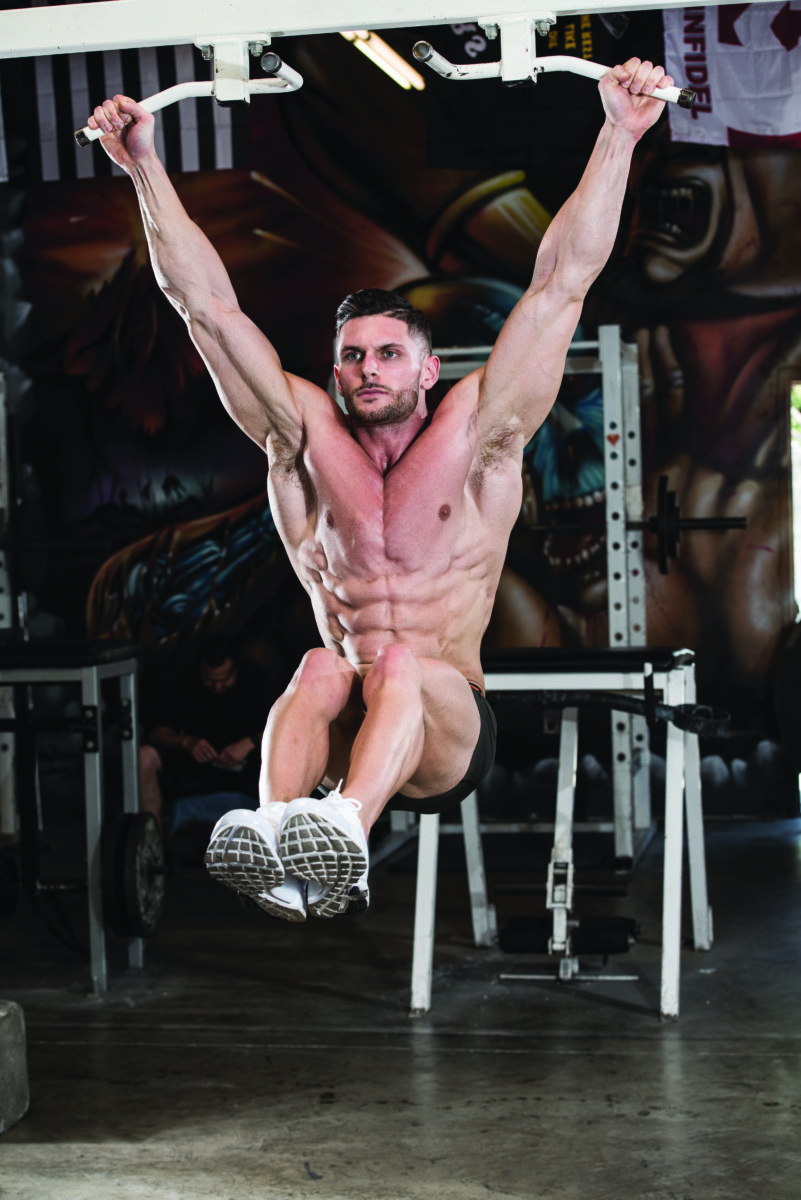
Hanging Leg Raise With Posterior Tilt: Grasp an overhead bar with one hand, contracting that lat, then grab the bar with your other hand, tightening that lat, as well. (An easier version of this can be performed on a captain’s chair, with your forearms braced on pads.) Your lats and shoulder girdle should be locked down, as opposed to being in a dead hang. From here, internally rotate your legs, point your toes in, and squeeze your thighs together. With this built-up tension, raise your feet as high as you can toward your head, maintaining total control the entire time. Once your thighs are parallel to the floor, tilt your pelvis and bring your feet above your waist and slightly forward. Take two three seconds to bring the legs up and two seconds to lower them. For an extra challenge, hold a medicine ball or light dumbbell between your feet.
Sets/Reps: 3×10-12 reps
Stability
A body needs to do more than contract and explode. Deceleration and control are vital biomotor abilities. If you can lock down your core and prevent excess motion, you will more effectively transfer power from your trunk to your extremities. This turbo-charged version of the classic plank forces you to maintain dynamic stability for a full minute.
Stir The Pot: From a kneeling position with an exercise ball in front of you, place your forearms on the ball. Come off your knees and onto the balls of your feet and into a plank position with your body forming a straight line from your head to your heels. Your abs should be braced, your glutes engaged, your elbows under your shoulders, and you should have neutral spine alignment. Initiate the movement by slowly moving your forearms forward and then into a circular motion for the prescribed amount of time. Reverse the direction of the circle for the next set.
Sets/Reps: 60 seconds
Tempo: 4 seconds for each circle
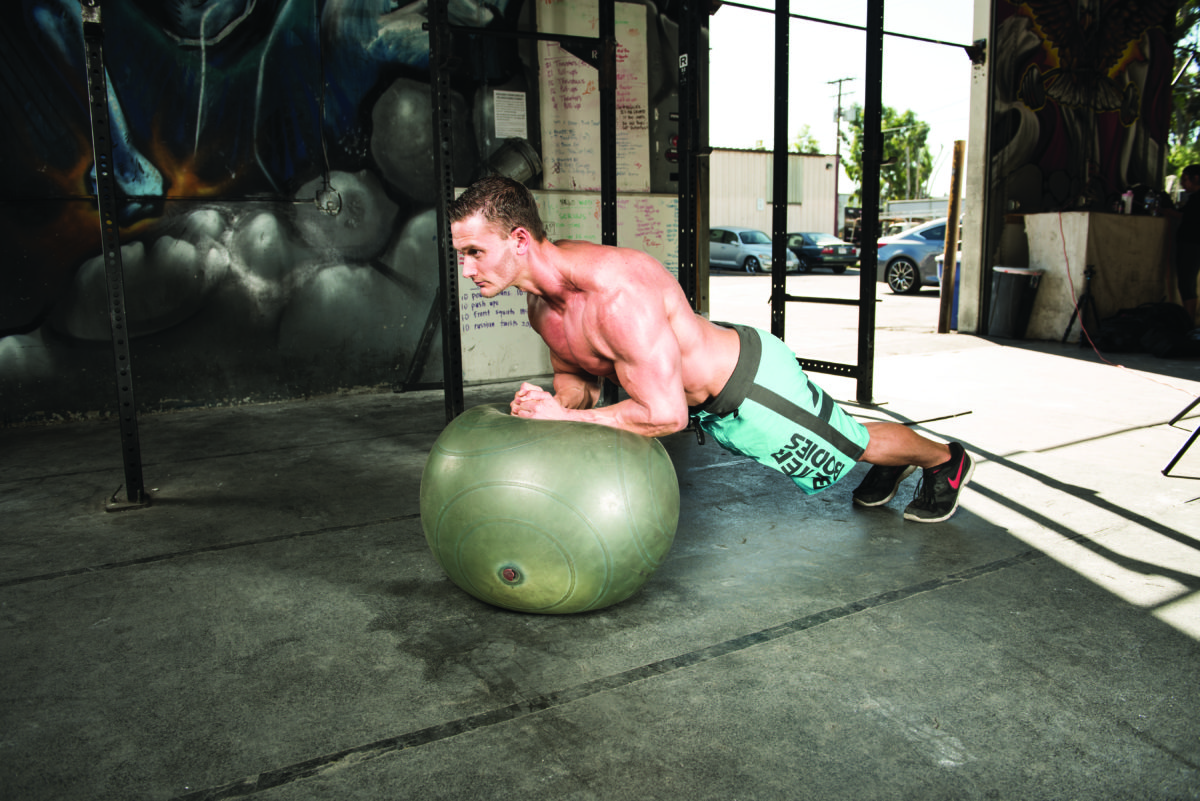






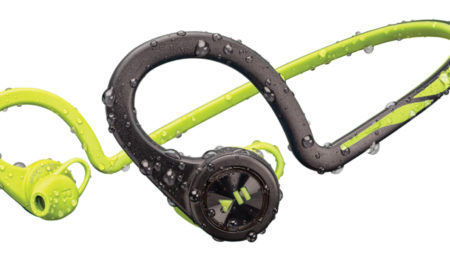
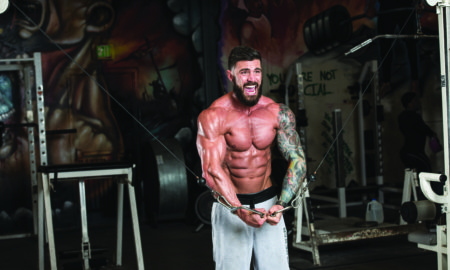











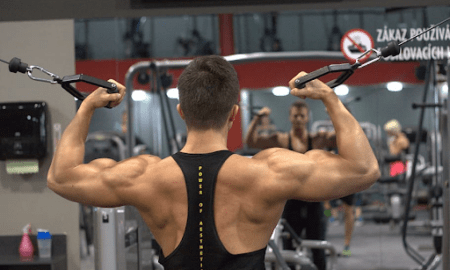
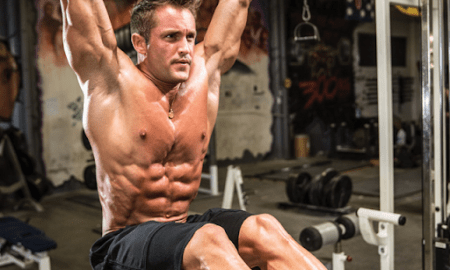
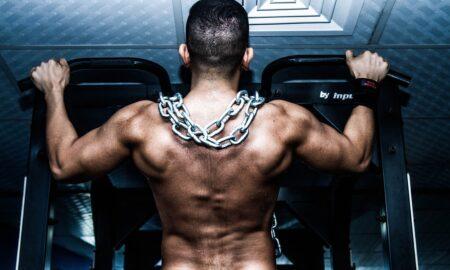
You must be logged in to post a comment Login